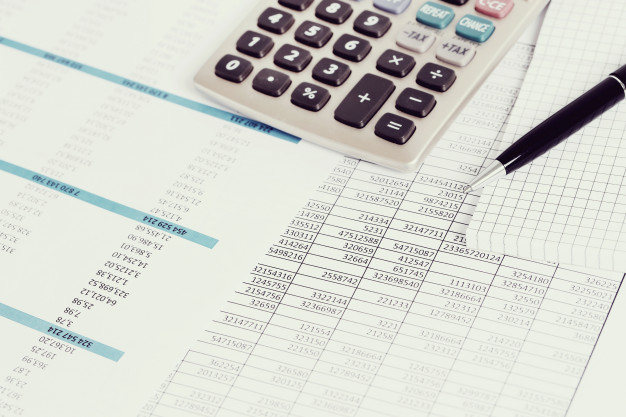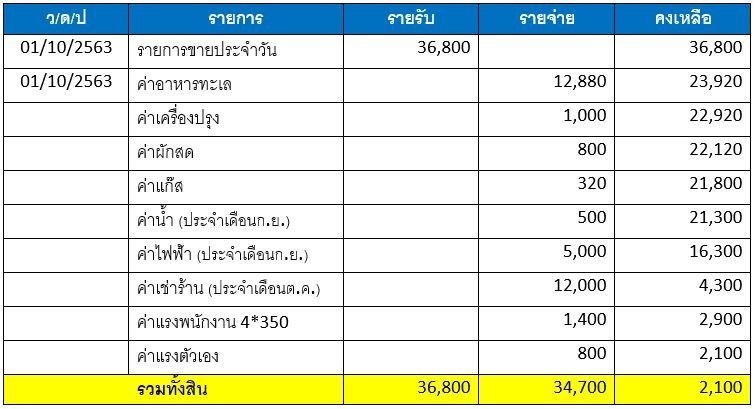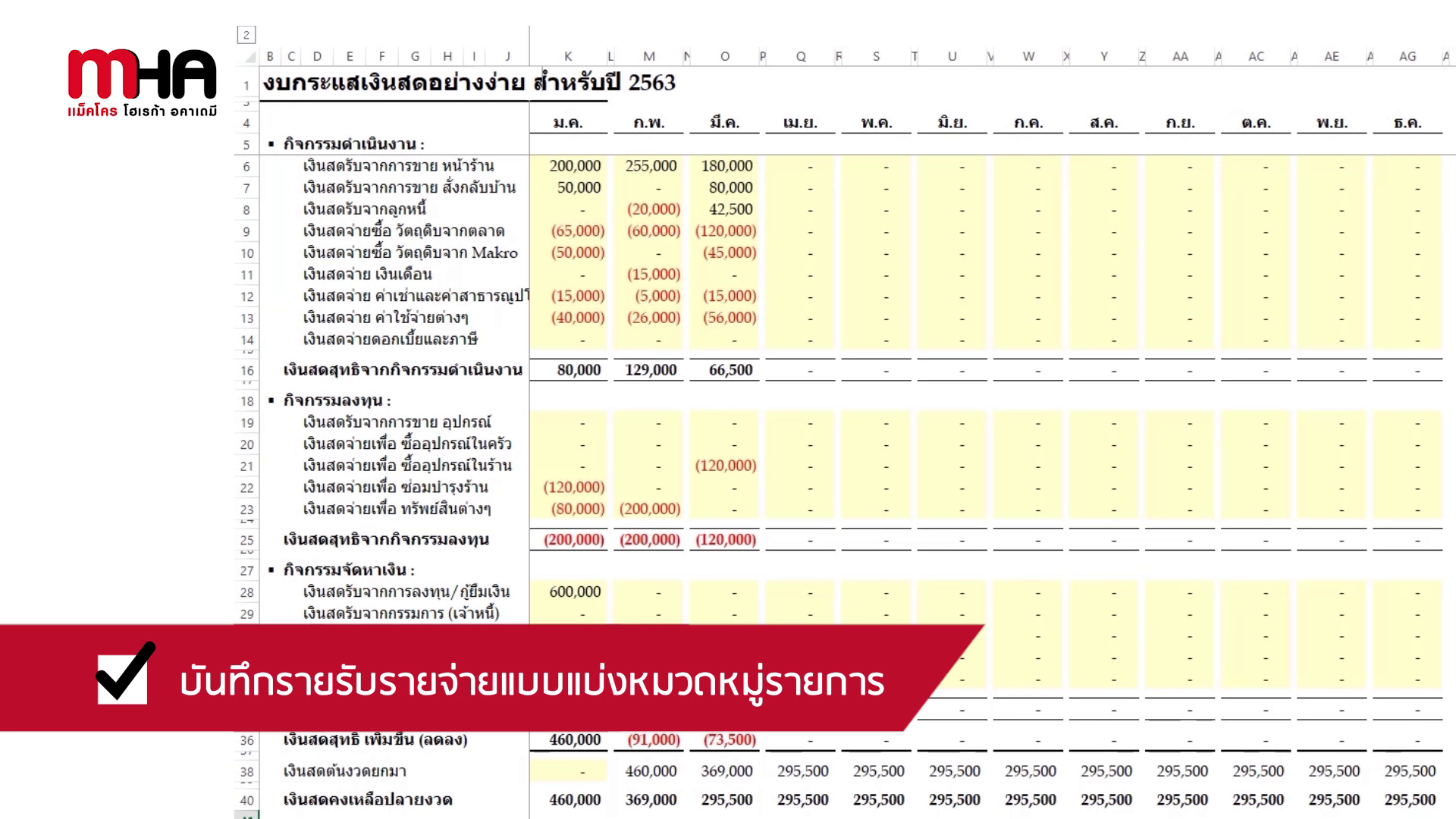You’re Tired from Selling Food and Don’t Have Time to Do the Accounting; How Do You Solve This Problem?
One of the most important tasks in a business, and the task many people hate the most, is none other than accounting. Accounting is particularly difficult for restaurant businesses with lots of details about the enormous list of items on their shopping lists to be bought and used each day. And that’s where the excuse, “There’s no time to do the accounting,” comes from. As we mentioned, it’s difficult. And that’s a mistake potentially leading to serious damage to your business.

Since accounting is important for single-individual SME operators, most of whom have to handle everything themselves, let’s take a look at some easy introduction accounting guidelines guaranteed to not make you waste time with a headache which can help operators understand their businesses’ income and expenses and not, “The sales were good all day, but why is there hardly any money left?”
When talking about accounting, a lot of numbers pop up in your head. It’s actually not as hard as you think. Let’s take a look at the simplest, most basic way to keep an account without the use of any technology, just a pen and an accounting book, because the first major thing an operator has to do is to keep an income-expense account with categories to make it easier to understand. Keep the following accounts:
- Record the Daily Income from Food Sales
Record all of the sales receipts in your cash income accounting book. Record the incoming cash. If you want to sort the items by how much you earned from each menu item for the day and what the total is, you have to record them in the daily sales summary in order to sort the transactions by the menu items you sold for the day.
Daily Sales Summary Example

Once you’ve recorded your daily sales, record the total sum in an income-expense accounting book. It looks something like this:
Daily Income-Expense Accounting Book Example

- Record the daily expenses,
such as fresh food costs, dry food cost, gas fees, water fees, electricity fees, rental fees, employee salaries and, most importantly, your own salary.
Daily Expense Table Example

(*The items and prices in the table are made up to make it easy to understand. It depends on each restaurateur.)
From the income-expense records above, you can see that on 1/10/2563, the income from sales was 36,800 baht and the expense was 34,700 baht. On this day, the business had 2,100 baht left in profit. Why was there only this much money left? From the records, you can see the monthly expenses, meaning water fees, electricity fees and rental fees, were paid on that day.

The advantage of having an income-expense account is that it tells the operator about each day’s sales, for example, how much income there was from sales, what expenses were paid today and how much profit was made. It also provides a reference document for the cash on hand. In addition, you can use these numbers to manage your business, for example, are you paying for seafood purchases too frequently? What’s the percentage of the buying price compared to the selling price? Because generally the cost of fresh food for restaurants shouldn’t exceed 35 – 45% of the sales total.
Now do you see that when you really get into accounting, it’s not that hard? Starting from the basics like this can let operators know about the health of their own business and see where the money is coming in and going out so that they can analyze them to find the causes in order to improve their income and balance.
However, if you want to keep a categorized account, you can learn how to key in your income-expense data systematically in an Excel file and download free documents in the “Easy Accounting Restaurants Can Manage on Their Own” course. That way, you can keep an income-expense account systematically and see the profit. (The file is downloadable after you log into the system at the upper right corner and then click on the course.)

Furthermore, you can learn about how to manage the cost and stock system to meat goals as well as the dos and don’ts of accounting and taxes which are all important things operators should know!



